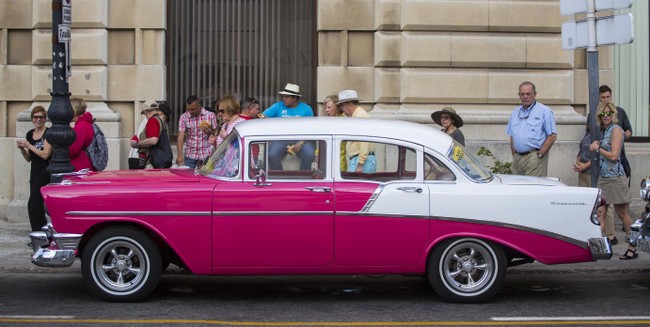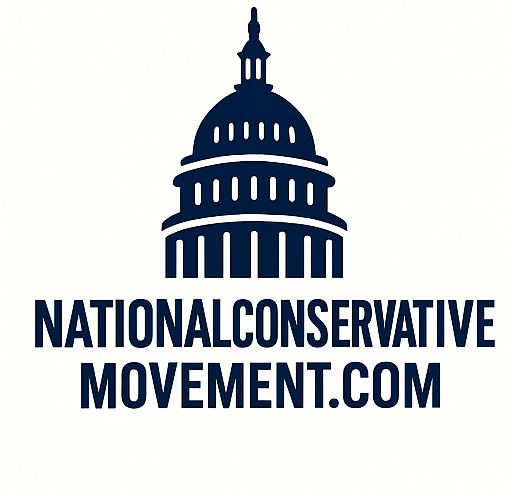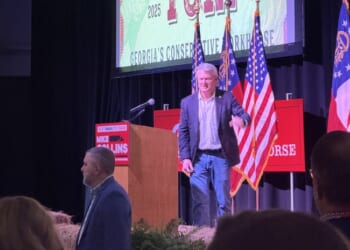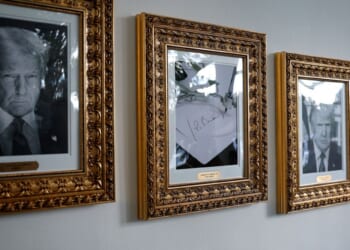
In the 1950s, our automobiles expressed something.
They gleamed like hard candy under the sun: Chevrolet’s Surf Green and India Ivory, Ford’s Torch Red, Plymouth’s Aquamarine, Buick’s Coral Mist. Two-tone paint jobs caught the light in motion, chrome fins flared like wings, and every gas station looked like a shrine to movement and possibility. The colors weren’t just decoration; they were a declaration. A turquoise Bel Air or pink-and-white Fairlane didn’t say transportation. It said we made it. It said the world is new, and we are alive to see it.
The world around those cars shared the same confidence. The shiny chrome diner, often a refurbished train car, beckoned travelers with coffee and jukebox light. The most modern gas stations gleamed under round-topped tanks and neon roofs that seemed to hum with electricity. Even buildings stood as if ready to launch. Everything felt in motion, shaped aerodynamically even when it stood still. The future wasn’t something to fear or manage; it was something you could drive toward.
Today is… different.
There’s plenty of variation in shape and style — sleek crossovers, aggressive grilles, low-slung EVs with digital eyes — yet they all come in the same narrow palette: white, black, silver, gray, the occasional navy or maroon. Even the boldest shade feels calculated, a designer’s simulation of individuality. The exuberance is gone.
Our architecture mirrors it. It’s not horrible, exactly — functional, efficient, and politely modern — but it is drained of character. Across the country, vast neighborhoods spread outward in quiet sameness: Craftsman-inspired boxes, faux-Tudor facades, ranch-style revivals, “modern farmhouse” clones painted in safe tones of greige and stone. Glass, vinyl, and drywall where once there was brick and ornament. Everything is neat, economical, and strangely subdued.
Some of that change is practical. Regulations, environmental standards, and globalized supply chains make color variety expensive. Neutral tones hide dirt, age well, and resell better. Builders and automakers learned long ago that beige and gray offend no one — and therefore sell to everyone.
But beneath the practicality lies something cultural. The old exuberance came from confidence, a belief that life was good and getting better, that the future belonged to the brave and the inventive. Today’s restraint comes from anxiety. We design for safety, not splendor; for approval, not expression. The boldness that once marked prosperity has been replaced by a kind of managerial caution. Our world looks the way it feels: competent, optimized, and joyless.
We still speak the language of progress, but we whisper it now. The rockets still rise, the cars still glide, the lights still glow. Yet somehow, everything stands still.
It robs the world of a certain beauty. Our exterior world isn’t harsh or ugly, not like the concrete fortresses of Brutalism or the boxy little cars of the Eastern Bloc, but neither is it beautiful. It is merely acceptable.
And beauty matters. It’s not decoration, it’s expression, a way of saying that life means something, that creation itself is worthy of reverence. As Greg Byrnes writes in his essay, Can Beauty Save the World?, beauty is how we orient ourselves toward God and toward life. When a people cease to make beauty, they cease to bear witness to the sacred.
There’s something off about our modern landscape. With all our wealth, our precision engineering, our technological miracles — this is the best we can do? We live in an age of wonders, yet we build as if ashamed of them.
I think of my old Singer sewing machine downstairs, a still-functional treadle-operated model from the turn of the century, cast in iron filigree and graceful curves. Even the engineering is poetic, every joint and gear made to last. It was built for ordinary people, not the rich, and yet it’s lovely. A hundred years ago, beauty was considered proper to usefulness. Even the humblest tool was shaped with dignity.
We’ve lost that conviction. Somewhere along the way, we stopped believing beauty was a moral good. We began to think of it as preference, a matter of taste, not truth. “Beauty is in the eye of the beholder,” we say now, forgetting that for most of history, beauty was seen as the splendor of truth. It was objective, sacred, and binding. To create beauty was to participate in divine order.
Once that belief faded, utility took over. The Industrial Revolution taught us that efficiency was virtue, that ornament was waste. Form follows function became an article of faith, and eventually, the faith replaced the beauty. Comfort, convenience, and price became the only standards that mattered. And because beauty was no longer expected, manufacturers stopped offering it. It was cheaper anyway.
But the deeper problem is spiritual. Beauty requires sincerity, a willingness to love, to risk being moved. Ours is an age afraid of that kind of exposure. Irony feels safer. To praise something as beautiful seems naïve, even embarrassing. So we veil ourselves in neutrality: gray houses, gray cars, gray screens. Ugliness signals sophistication; beauty risks ridicule.
We’ve also forgotten how things are made. The craftsman once knew the soul of his materials — the smell of wood, the feel of metal, the weight of fabric — and he shaped them with care. Today, most of us live surrounded by objects we do not understand and could never repair. When you don’t make, you stop perceiving what makes things beautiful.
That’s why it isn’t only up to manufacturers to restore beauty. It begins with us, the buyers, the builders, the keepers of homes. If we start to prize loveliness again, if we choose to fill our lives with things that are not merely useful but rightly made and beautiful, the market will follow. More than that: our spirits will follow.
Beauty can return. It begins, as it always has, with gratitude: with the decision to honor creation instead of exploiting it, to see the world not as a warehouse of materials but as a cathedral of meaning.
We can bring it back. The loss isn’t permanent. The world still longs to be beautiful. It’s only waiting for us to remember that beauty is a form of worship.
When we paint a wall in a color that delights us, when we plant a garden, mend a fence, refinish an old machine, or craft something by hand, we are taking part in the same act of creation that shaped the mountains and the stars. Beauty is how we agree with and honor God, and it is its own reward.
It’s no accident that joy followed beauty in those earlier ages. The candy-apple reds and turquoise blues of the 1950s weren’t just design trends; they were evidence of belief. A nation fresh from hardship built bright things because it trusted the light. The chrome and neon, the curved glass and laughter in diners — all of it testified to the idea that life was good and getting better.
We could believe that again. Not naïvely, but gratefully. If we begin to shape the world around us as though it’s still worth saving, if we choose craftsmanship over convenience, sincerity over irony, color over caution, joy will return, quietly at first, then like spring after a long gray winter.
Beauty doesn’t just please the eye. It heals the soul, and through it, the soul learns to hope again.
Editor’s Note: Help us continue to create cultural content like this so we can reorient the world toward grace and light.
Sign up with promo code POTUS47 for 74% off your VIP membership.









